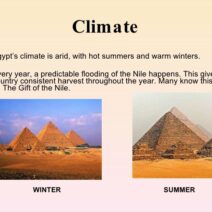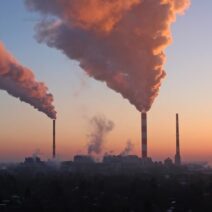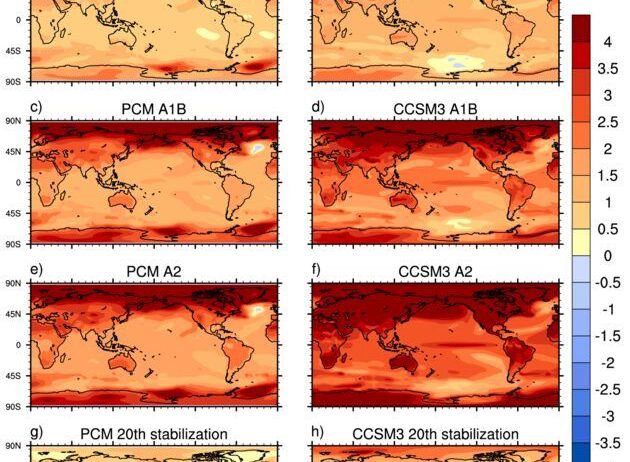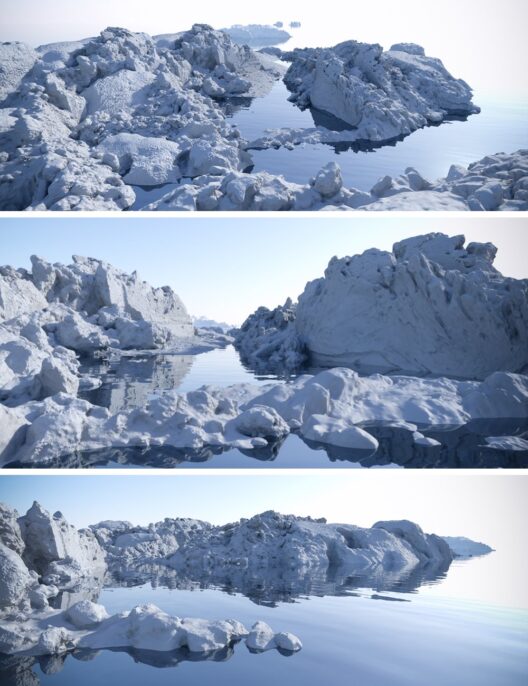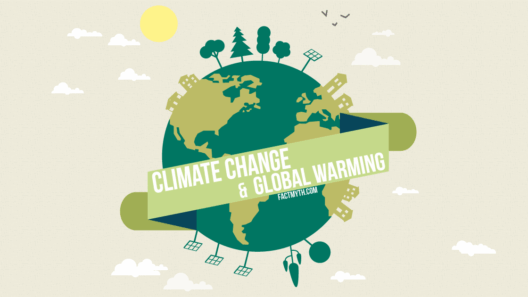The phenomenon of climate change is not just an abstract concern for future generations; it manifests visibly in the lives of flora and fauna across the globe. The adaptations observed in various species present a fascinating tapestry of resilience or, conversely, a grim narrative of struggle and failure. This dichotomy forms the basis of understanding how life on Earth is grappling with accelerating climate shifts. The essence of survival is visible through numerous adaptations—both subtle and dramatic—that highlight the intricate relationship between organisms and their ever-changing environment.
**1. The Concept of Climate Shift Survivors**
Climate shift survivors are species that demonstrate remarkable adaptability in the face of shifting climatic norms. These organisms can alter their behaviors, phenotype, or even migration patterns to cope with changes such as rising temperatures, altered precipitation patterns, and extreme weather conditions. However, survival is not guaranteed; many species may exhibit signs of strain or outright failure in their capacity to cope with these changes. This duality invites a closer examination of the strategies employed by some species while others falter.
**2. Phenotypic Changes and Behavioral Adaptations**
Some species have resorted to phenotypic plasticity—an organism’s ability to alter its physical form in response to environmental stimuli. For instance, certain plant species exhibit changes in leaf morphology and coloration, optimizing their photosynthetic capacity in response to varying light intensity and temperature. In contrast, animals might exhibit behavioral changes, such as altered foraging patterns or reproductive timings, in a bid to align their lifecycle with seasonal shifts.
For example, the American robin has modified its migratory patterns due to milder winters, choosing to remain in northern latitudes longer than it once did. This adjustment not only showcases the adaptability of the species but also reveals the delicate balance required to thrive within shifting ecosystems.
**3. Range Shifts: Migration and Distribution**
One of the most compelling observations in the context of climate change is the shift in the geographical range of many species. As temperatures rise, some organisms are moving toward cooler areas—usually, higher altitudes or latitudes. This phenomenon is particularly noticeable in both flora and fauna. The Arctic tundra is increasingly facing the encroachment of warmer climate species, fundamentally altering ecosystems that have existed for millennia.
Mountain ecosystems serve as poignant examples. Species such as the snowshoe hare are moving to higher elevations, where cooler temperatures prevail. Yet, as these organisms continue to migrate upward, they confront potential isolation due to the geographical barriers posed by mountains. Such changes can trigger unforeseen ecological consequences, highlighting the interconnectedness of life.
**4. The Role of Genetic Adaptation**
Some species are engaging in genetic adaptation, devising specific traits that confer a survival advantage in changing environments. Through natural selection, certain genetic variations become more prevalent within populations, promoting resilience. For instance, the peppered moth, which famously adapted its coloration during the Industrial Revolution, exemplifies how environmental factors can guide genetic evolution.
Studies have indicated that some plant species express different alleles—variations of a gene— that enhance their drought resistance in response to prolonged periods of aridity. This genetic flexibility underlines nature’s capacity to innovate within the confines of survival, though it raises questions about the limits of adaptation—especially under the looming specter of rapid climate change.
**5. The Erosion of Habitat and the Consequences of Failure**
However, not all organisms are fortunate enough to adapt swiftly to the relentless pace of climate change. Habitat loss due to human encroachment, pollution, and climate-induced disasters can lead to catastrophic declines in populations. The polar bear, a quintessential symbol of climate change, faces immense challenges as its sea-ice habitat diminishes. The failure to adapt results not merely in individual species extinction but can lead to cascading effects throughout an ecosystem.
Moreover, the fragility of ecosystems becomes increasingly apparent as interdependent relationships among species are disrupted. The loss of a single keystone species can initiate a domino effect, destabilizing entire habitats and pushing numerous species toward extinction.
**6. Empathy and Responsibility**
The narrative of climate shift survivors compels society to reflect on its role as stewards of the planet. While it is intriguing to observe the resilience of certain species, it is equally essential to recognize the futility faced by those unable to keep pace with changes. This duality evokes a sense of responsibility to protect endangered habitats and biodiversity, as these ecosystems are the linchpins of global health and stability.
Ultimately, the study of how plants and animals adapt—or fail to adapt—serves as a stark reminder of the interconnectedness of life on Earth. It challenges observers to delve deeper into the implications of climate change, urging actions that promote compassionate stewardship rather than mere fascination. In essence, the survival narratives of various species can reverberate through our environmental policies, conservation efforts, and collective consciousness, fostering a sustainable coexistence with the natural world.
**Conclusion**
Climate change is an omnipresent adversary, shaping the fate of countless species around the globe. The adaptations seen among climate shift survivors embody nature’s resilience, while the failures highlight the urgent need for intervention. The future existence of diverse life forms hinges not only on their adaptive strategies but also on humanity’s commitment to mitigating the impending threats posed by climate change. By understanding these dynamics, society can cultivate a path forward that respects the delicate balance of nature and secures the future for all living organisms.
